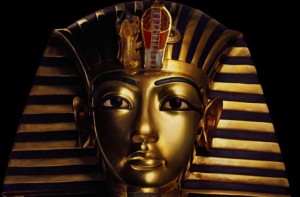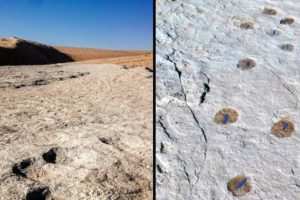Though the famed Egyptian pharaoh King Tutankhamun died more than 3,300 years ago, the mystery surrounding his death and mummification continues to haunt scientists.
Why Did We Stop Building Pyramids?
Pyramids are one of the wonders of the world. But why were they built, and why did humans STOP building them?

Now, British researchers believe they’ve found evidence explaining how the boy king died and, in the process, made a shocking discovery: After King Tut was sealed in his tomb in 1323 B.C., his mummified body caught fire and burned.
Since Egyptologists Lord Carnarvon and Howard Carter uncovered King Tut’s tomb in 1922, their discovery has been shrouded in mystery and fear. A “curse of the mummy’s tomb” entered the popular imagination after several members of the archaeological team died untimely deaths. [Image Gallery: The Beautiful Sarcophagus of an Egypt Pharaoh]
Archaeologist Chris Naunton, director of the Egypt Exploration Society, recently came across comments in Carter’s original notes stating that King Tut’s body appeared to have been burned, the Independent reports. Naunton then contacted Egyptologist Robert Connolly of Liverpool University, who had small samples of Tutankhamun’s bones and flesh in his office.
When the team examined the pharaoh’s remains under an electron microscope, they found that the pharaoh’s flesh did, indeed, burn after he was laid to rest inside a sealed tomb — an extremely odd event, given the meticulous attention usually afforded the mummification of a king.
These and other revelations are detailed in a new British documentary, “Tutankhamun: The Mystery of the Burnt Mummy,” featuring Naunton’s investigative work (which has not yet been published in a peer-reviewed journal). But how would the fire in Tut’s sealed tomb have occurred?
Experts suspect the oils used in the embalming process soaked the linen that formed the king’s burial shroud. In the presence of oxygen, these flammable oils started a chain reaction that ignited and “cooked” Tutankhamun’s body at temperatures exceeding 390 degrees Fahrenheit (200 degrees Celsius).
NOV 4, 2013 05:30 PM ET // BY MARC LALLANILLA, ASSISTANT EDITOR, LIVESCIENCE
















